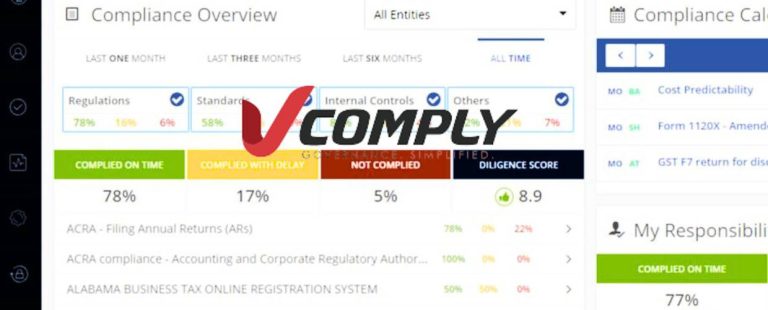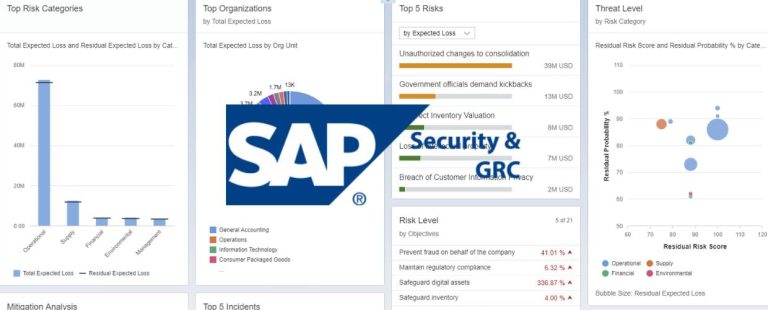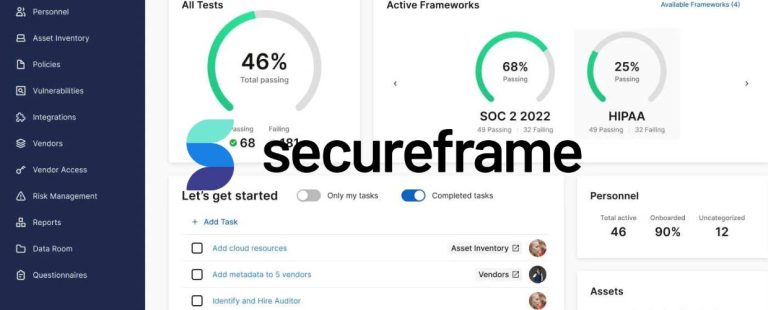Remuneration committees play a vital role in corporate governance by ensuring fair and transparent executive compensation practices within organizations. This article explores the role, composition, responsibilities, and challenges remuneration committees’ face, highlighting their significance in promoting good governance and aligning executive pay with organizational performance.
Understanding Remuneration Committees
A remuneration committee is a specialized committee within a company’s directors or supervisory board. Its primary responsibility is determining the appropriate remuneration structure and levels for executives, including the CEO and other top-level management. It ensure that executive compensation aligns with the company’s objectives, strategies, and long-term performance.
Composition of Remuneration Committees
Remuneration committees typically consist of non-executive directors or independent directors with relevant compensation and corporate governance expertise. The composition may also include the chairperson of the board and other board members. Independence ensures objectivity and prevents conflicts of interest in the decision-making process. These committees are dedicated to overseeing and making recommendations on executive remuneration, including salaries, bonuses, and other incentives.
Responsibilities of Remuneration Committees
As a professional in the field of human resources, I understand the importance of remuneration committees and their responsibilities.
Designing Compensation Policies
Remuneration committees are responsible for developing and recommending compensation policies and frameworks that align with the organization’s strategy, performance, and risk appetite. They establish principles and guidelines for executive remuneration, considering industry benchmarks, market practices, and regulatory requirements.
Setting Executive Remuneration
It determine the appropriate level of executive remuneration, including base salaries, performance-based incentives, bonuses, stock options, and other long-term incentives. They consider individual performance, market competitiveness, industry standards, and the organization’s financial performance and goals.
Performance Evaluation
Remuneration committees oversee executive performance evaluation against predetermined objectives and key performance indicators (KPIs). They ensure that performance metrics are measurable, transparent, and aligned with the organization’s strategic priorities.
Risk Management
It considers the potential risks associated with executive compensation, including excessive rewards, misaligned incentives, and potential conflicts of interest. They evaluate the balance between short-term and long-term incentives to avoid extreme risk-taking behaviors that could harm the organization.
Disclosure and Transparency
It ensures that executive compensation practices and policies are transparently disclosed to shareholders and other stakeholders. They provide clear and comprehensive information about the principles, components, and levels of executive remuneration in annual reports and other communication channels.
Challenges Faced by Remuneration Committees
One of the biggest challenges remuneration committees face is balancing the competing demands of various stakeholders.
Balancing Stakeholder Interests
Remuneration committees must navigate the delicate balance between aligning executive pay with shareholder interests while considering the expectations of other stakeholders, such as employees, customers, and the broader community. They need to ensure that executive compensation is fair and reasonable about the overall organization’s performance and the interests of multiple stakeholders.
Market Competitiveness
Determining competitive executive pay in a rapidly changing market can be challenging. It must stay informed about industry benchmarks, market trends, and compensation practices to attract and retain top talent without creating excessive pay disparities.
Performance Evaluation
Assessing executive performance objectively and aligning it with appropriate rewards is complex. Remuneration committees must establish rigorous performance evaluation processes using financial and non-financial metrics to ensure fair and accurate assessments.
Regulatory Compliance
Remuneration committees must adhere to legal and regulatory requirements regarding executive compensation, including disclosure obligations, shareholder approval processes, and compliance with governance codes. They must stay updated on changing regulations to ensure compliance and avoid potential reputational and legal risks.
The Impact of Remuneration Committees on Corporate Governance
Remuneration committees play a crucial role in promoting good governance within organizations. Their impact can be observed in the following ways.
- Alignment of Interests: By linking executive pay to organizational performance, remuneration committees align the interests of executives with those of shareholders and stakeholders. This alignment incentivizes executives to focus on long-term value creation, strategic objectives, and sustainable growth.
- Transparency and Accountability: It enhance transparency by disclosing executive compensation practices and justifications. This transparency fosters accountability and allows shareholders and stakeholders to assess the fairness and appropriateness of executive remuneration.
- Risk Mitigation: Effective remuneration committees consider the potential risks associated with executive pay structures. They implement safeguards to prevent excessive risk-taking behaviors and ensure that compensation packages promote responsible and sustainable decision-making.
- Attracting and Retaining Talent: Well-structured and competitive executive compensation packages, overseen by remuneration committees, help attract and retain top talent. Executives are more likely to be motivated and committed when they perceive their compensation as fair and commensurate with their contributions to the organization.
Conclusion
Remuneration committees are critical in ensuring fair, transparent, and responsible executive compensation practices. Their focus on aligning pay with organizational performance, promoting transparency, and balancing stakeholder interests contributes to effective corporate governance. Establishing appropriate compensation policies, evaluating performance, and disclosing executive remuneration practices enhance accountability, mitigate risks, and attract and retain top executive talent. Their diligent oversight is vital for maintaining trust, fostering long-term organizational success, and creating value for shareholders and stakeholders.










